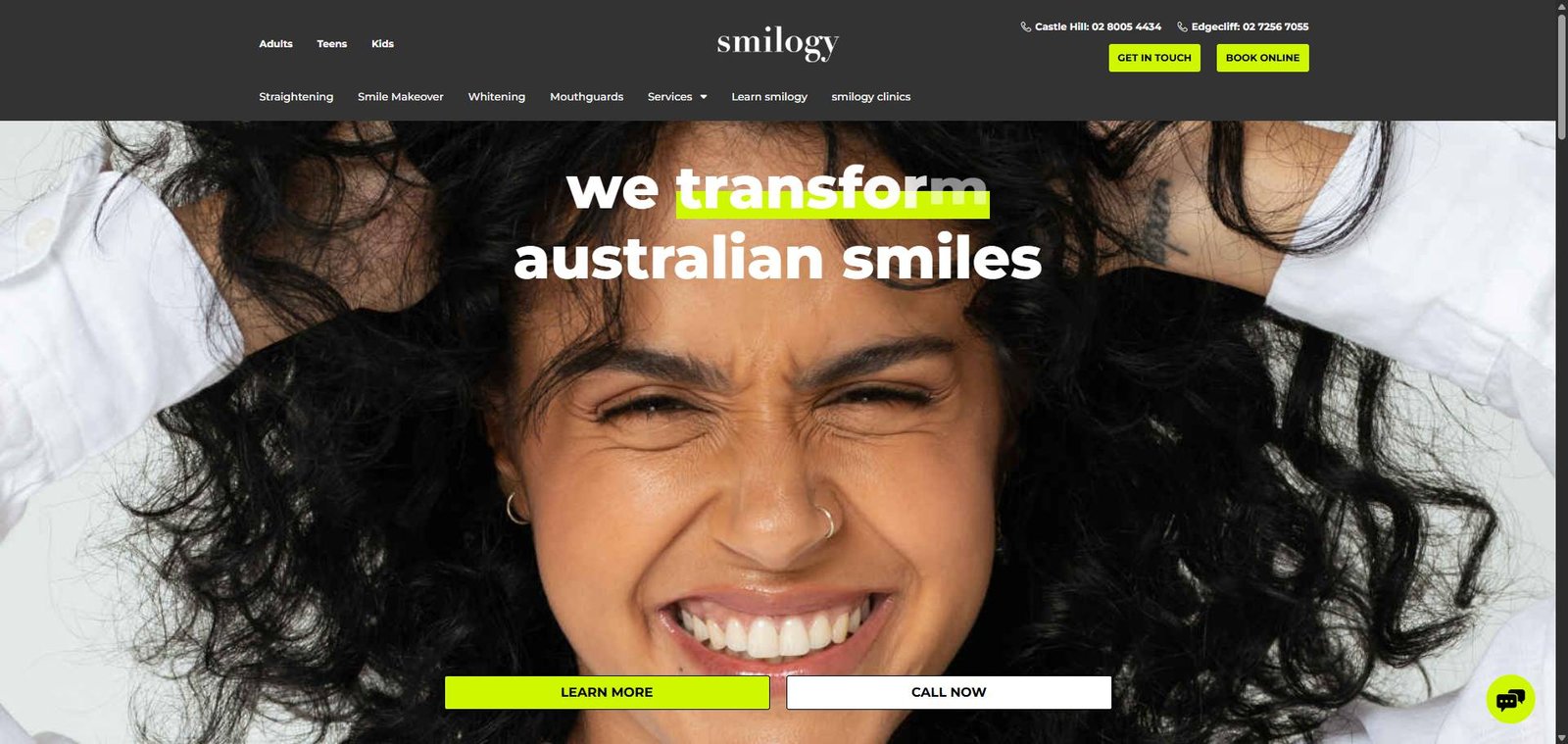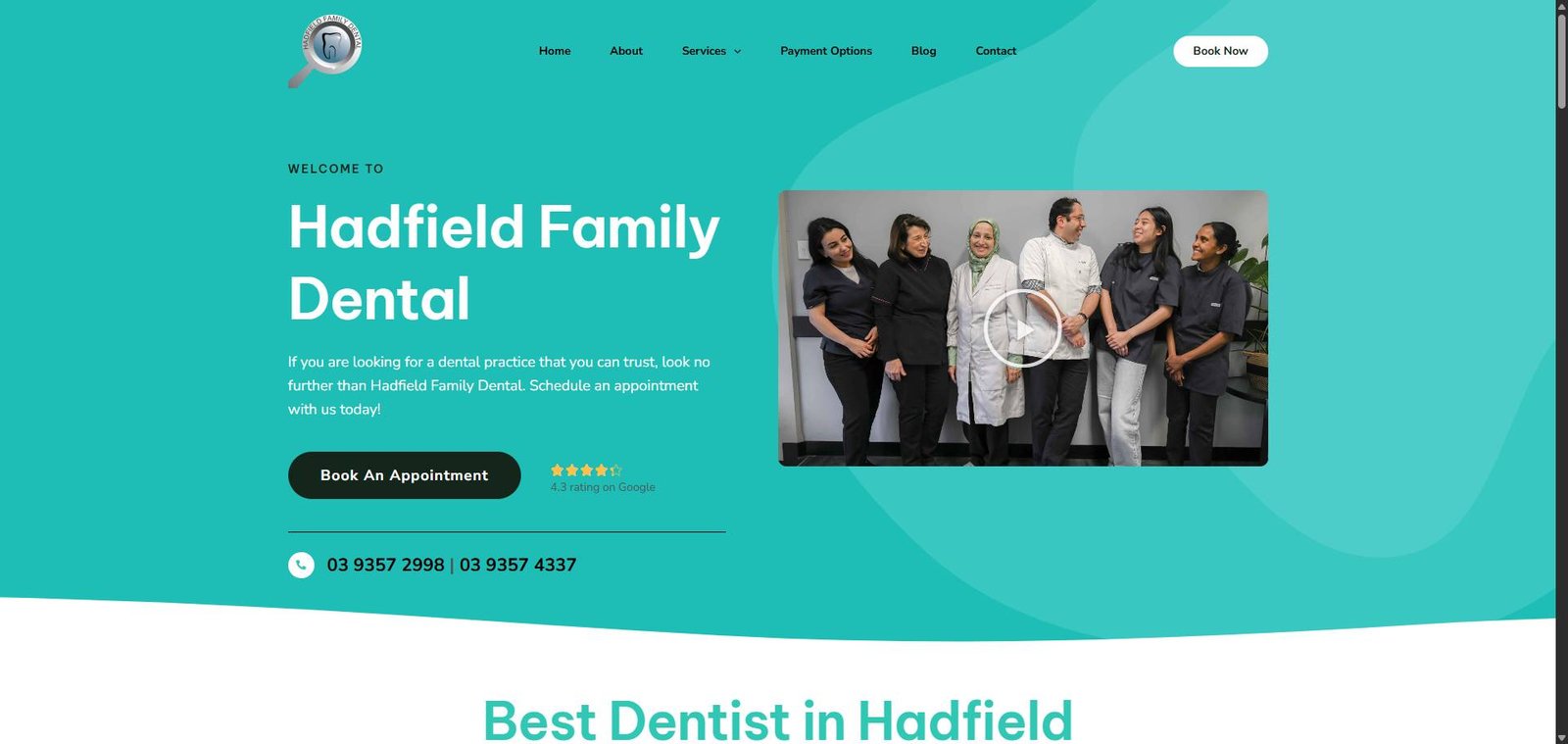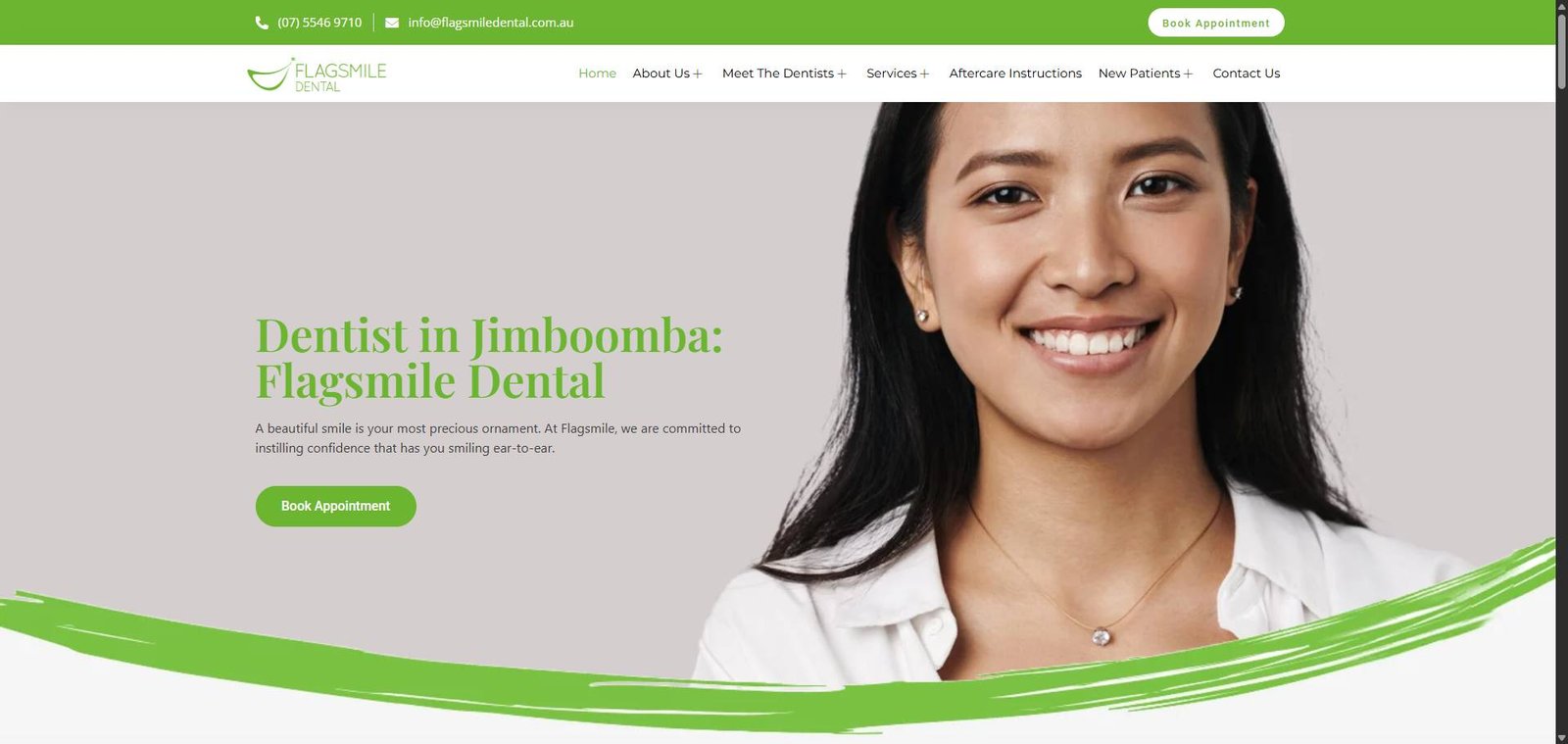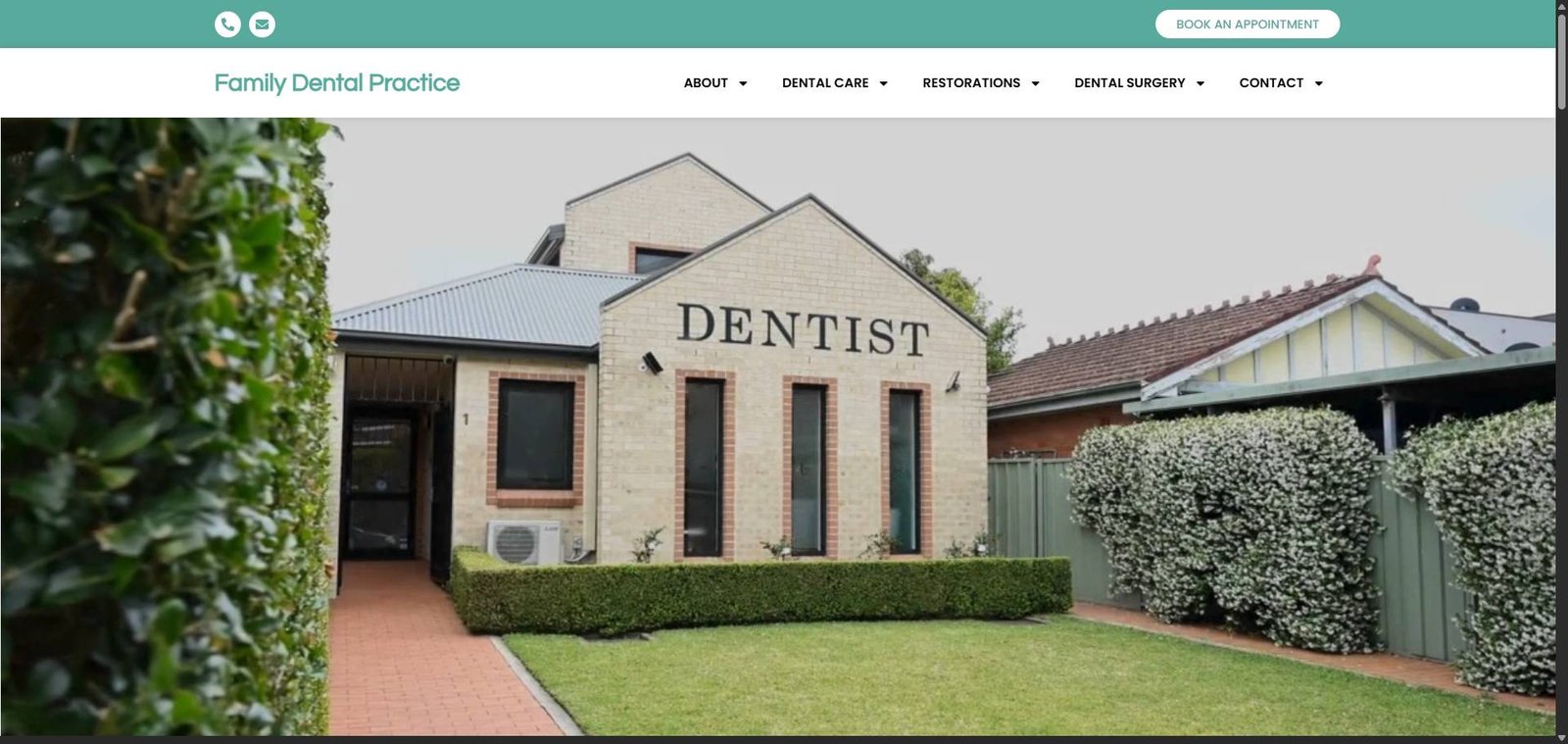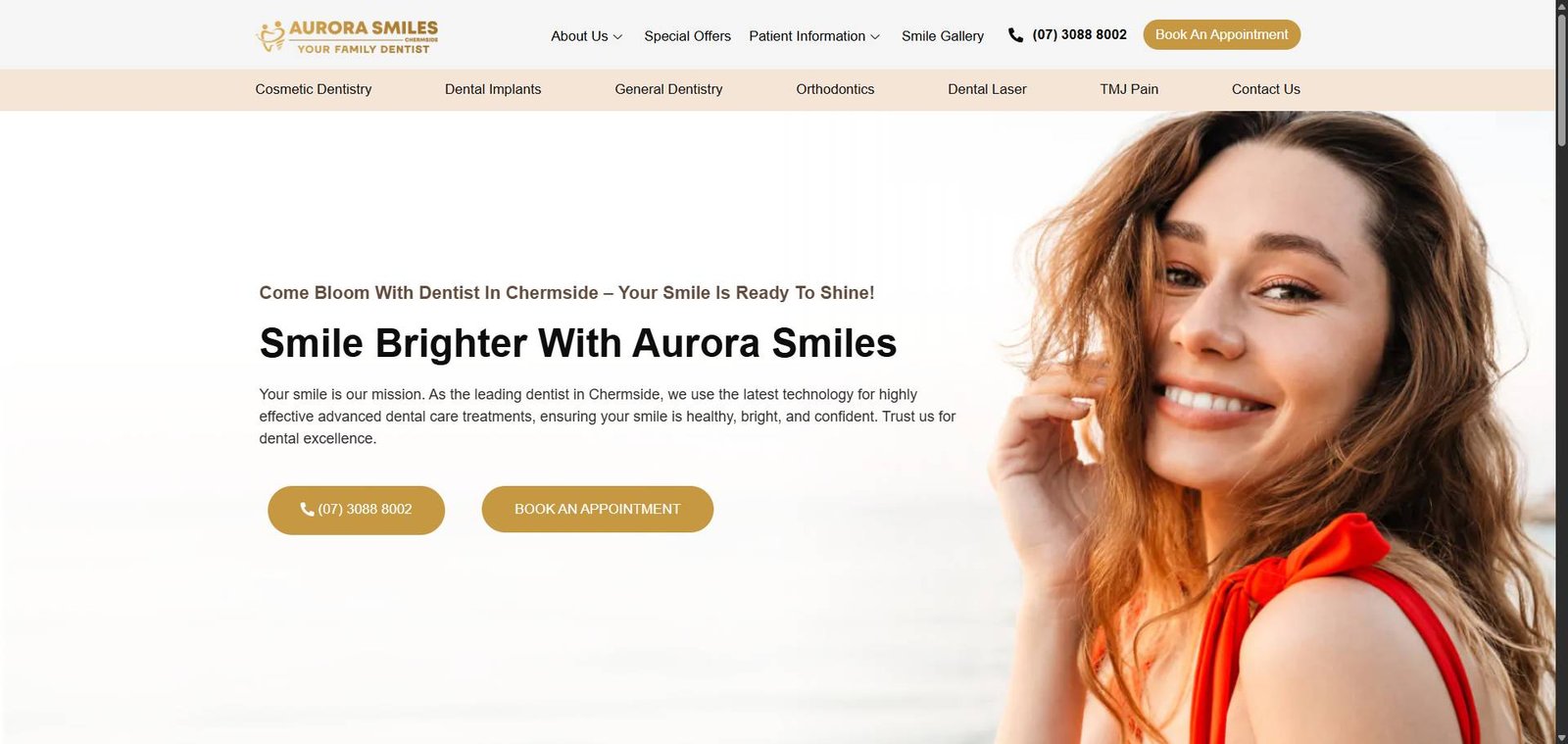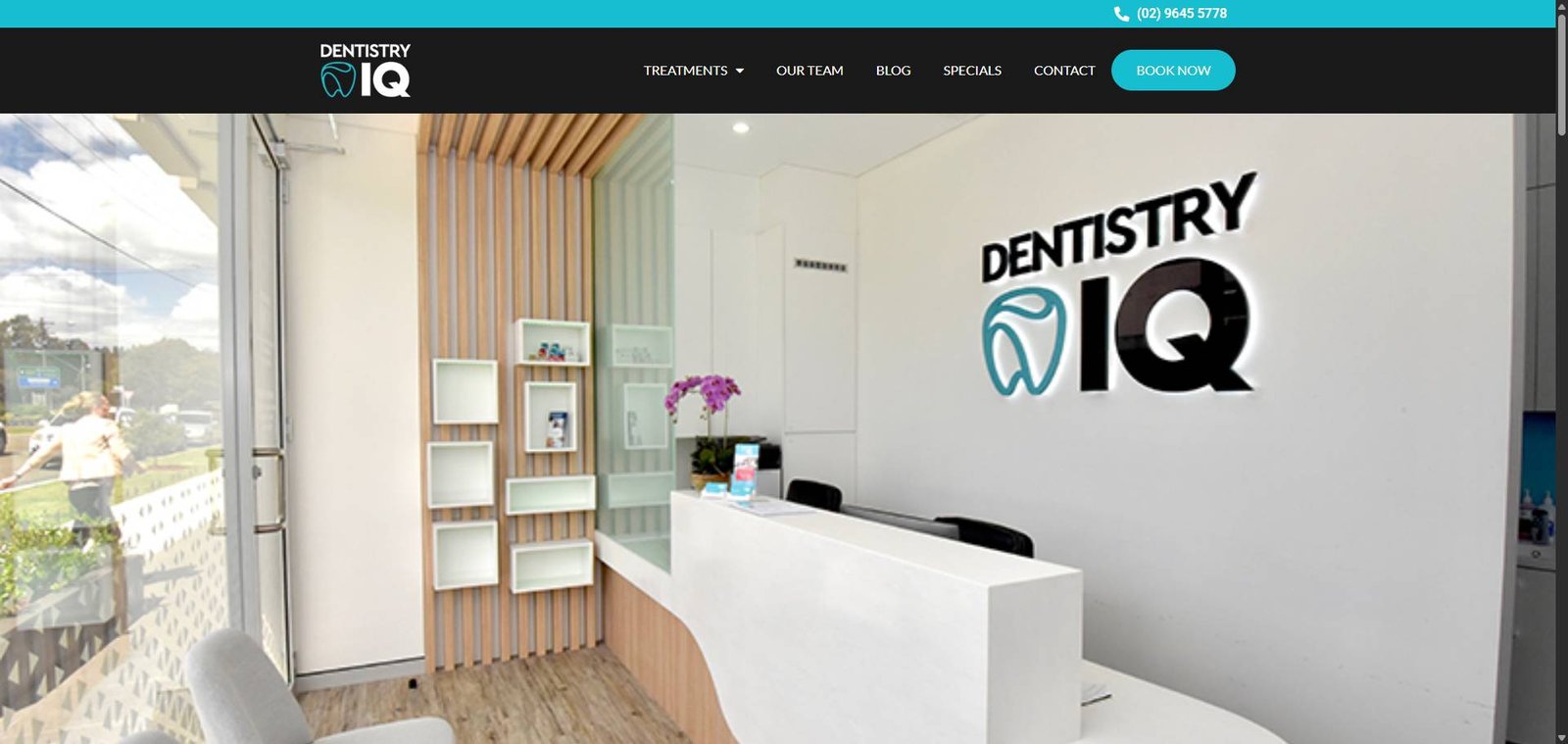Arabic is now one of the fastest-growing languages on the internet. With more users in the MENA region searching on Google, YouTube, and voice platforms, your website must do more than just translate English content. It needs content structured for Arabic, not just in Arabic.
In this guide, you’ll learn how to build topical authority, improve technical SEO, and rank multilingual sites in 2025’s Arabic search landscape.
The Current Arabic Search Landscape
Arabic is spoken by over 400 million people globally and is the 5th most used language on the internet (Statista, 2023). Demand for Arabic content continues to grow—especially in:
- Saudi Arabia
- UAE
- Egypt
- Jordan
- Morocco
These regions have high mobile usage and increasing reliance on voice assistants and YouTube for search behavior.
Yet, Arabic SEO still has a supply gap. There’s less competition than in English—but that also means lower volume, more complexity, and a need for precision.
Core Challenges of Arabic SEO in 2025
Arabic SEO isn’t just a language change. It requires structure, semantic alignment, and localization.
Key challenges include:
- Dialect Variation: Search terms differ between Gulf, Levantine, and Egyptian dialects.
- Right-to-Left Formatting: Layouts, menus, and internal linking require RTL compatibility.
- Entity Ambiguity: The same term may have different meanings across regions.
- Cultural Context: Literal translations often miss the user’s intent or tone.
What’s Changed: Google’s NLP and Arabic Understanding
Google’s AI models—especially MUM and BERT—now better understand Arabic syntax, semantics, and search intent.
Recent changes include:
- Improved Entity Recognition: Arabic topics and entities are now indexed more accurately.
- Semantic Clustering: Google groups related Arabic pages more effectively.
- Multilingual Link Weighting: Arabic and English pages can reinforce each other in rankings.
Source: Google Search Central
Key Arabic SEO Trends in 2025
Here’s what’s working now for sites targeting Arabic users:
Localized Content vs. Direct Translation
Direct translation can lead to missed intent, confusing grammar, or irrelevant keywords.
Localized content, on the other hand:
- Matches local phrasing and behavior
- Adapts for search intent and dialect
- Increases click-through and dwell time
Method | Result |
Direct translation | Often misses local search intent |
Human localization | Matches cultural and keyword context |
Machine translation | Fast but prone to grammatical errors |
Arabic Entity-Based Content Structuring
Arabic SEO now benefits from entity-based topical clustering, not keyword stuffing.
Best practices include:
- Grouping content around core topics, not search terms
- Linking semantically between articles in RTL format
- Using Arabic anchor text that reinforces entities
Example: If you’re targeting “digital wallets in the UAE,” build supporting pages on:
- Mobile banking apps
- Local payment methods
- User guides in Arabic
Multilingual Technical SEO Essentials
Multilingual sites need the right technical structure:
- Hreflang Tags: Use hreflang=”ar” for Arabic and hreflang=”en” for English. Add region codes (e.g., ar-ae, ar-sa) for more precision.
- Canonical Tags: Prevent duplicate indexing by assigning preferred URLs.
- URL Structure:
- /ar/ subfolders → recommended for shared authority
- ar.example.com → works for custom experiences
- example.ae → best for regional targeting
Set geotargeting preferences in Google Search Console for each region.
Arabic Voice Search Optimization
Mobile voice searches are common across MENA markets. You need to optimize for how people speak, not just how they type.
Tips:
- Add long-tail questions in Arabic using natural phrasing
- Use FAQ schema to increase voice snippet visibility
- Include audio-friendly language in featured snippets
Video & Visual Search in Arabic Markets
Arabic-speaking users rely heavily on YouTube and image search, especially in retail, travel, and education.
To improve visibility:
- Use Arabic alt text and filenames for all visuals
- Upload Arabic transcripts for YouTube videos
- Add Arabic subtitles to increase accessibility and indexing
Short, mobile-optimized videos perform best in these markets.

Case Studies: What Works in Arabic SEO Now
Saudi eCommerce Site
Created Arabic product category clusters + localized blog FAQs
Result: +38% organic traffic in 6 months
UAE Tourism Website
Published Arabic landing pages on seasonal travel updates
Result: Ranked top 3 for “Dubai travel rules 2025”
Arabic SaaS Platform
Replaced translated pages with native Arabic sales copy
Result: 40% higher lead conversion rate
These brands focused on local search behavior, Arabic semantics, and user-first UX.
Tools and Platforms Supporting Arabic SEO
You’ll need the right tools to do this well:
- Google Search Console → for regional targeting and performance
- NeuronWriter → supports Arabic entity suggestions
- Farasa (farasa.qcri.org) → Arabic-specific NLP analysis
- Lokalise & Weglot → manage localization workflows and translations
- Semrush + Ahrefs → limited Arabic support but useful for competitor discovery
Focus on tools that recognize Arabic grammar, intent, and formatting.
Need help ranking your Arabic website?
Schedule a Free 20-Minute SEO Strategy Call
Our team can review your site and suggest localized, entity-based improvements for Arabic search in 2025.
Final Best Practices for Ranking Arabic and Multilingual Sites
Use native Arabic content, not machine-translated pages
Build topical clusters with clear entity connections
Format properly for right-to-left reading
Apply correct hreflang and canonical setups
Optimize for voice and video search behavior
Use Arabic keyword tools and regional GSC profiles
Arabic SEO in 2025 is about semantic depth, cultural relevance, and technical structure.
FAQs
Arabic SEO considers RTL layout, dialects, and cultural tone. It requires different keyword targeting and formatting.
Use hreflang="ar" for Arabic, hreflang="en" for English, and specify region tags like ar-ae when needed.
It often misses search intent, uses awkward phrasing, and may not match how users actually search.
Use Modern Standard Arabic (MSA) for most content. For ads or conversational content, Gulf Arabic may perform better.
Yes. Voice queries are increasing, especially for mobile users. Optimize for natural questions and long-tail search terms.
Use GSC + tools like SEMrush, NeuronWriter, and Google Trends with Arabic filters.
Group content around entities, link them semantically, and provide in-depth answers in Arabic—not just translated pages.
Content quality, semantic coverage, technical setup (hreflang, canonical), and internal linking structure.
Google understands common dialects like Egyptian and Gulf Arabic, but MSA is still more reliable for formal SEO.
Subfolders (/ar/) are best for authority sharing. Use subdomains or ccTLDs if you're targeting a specific country like example.ae.


